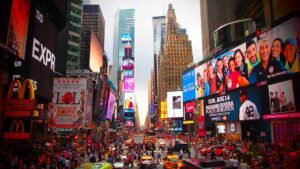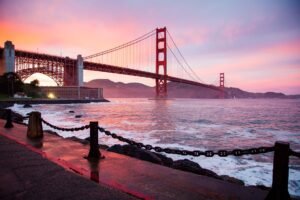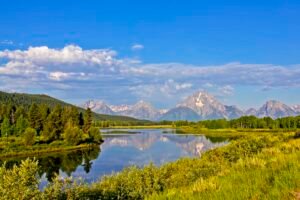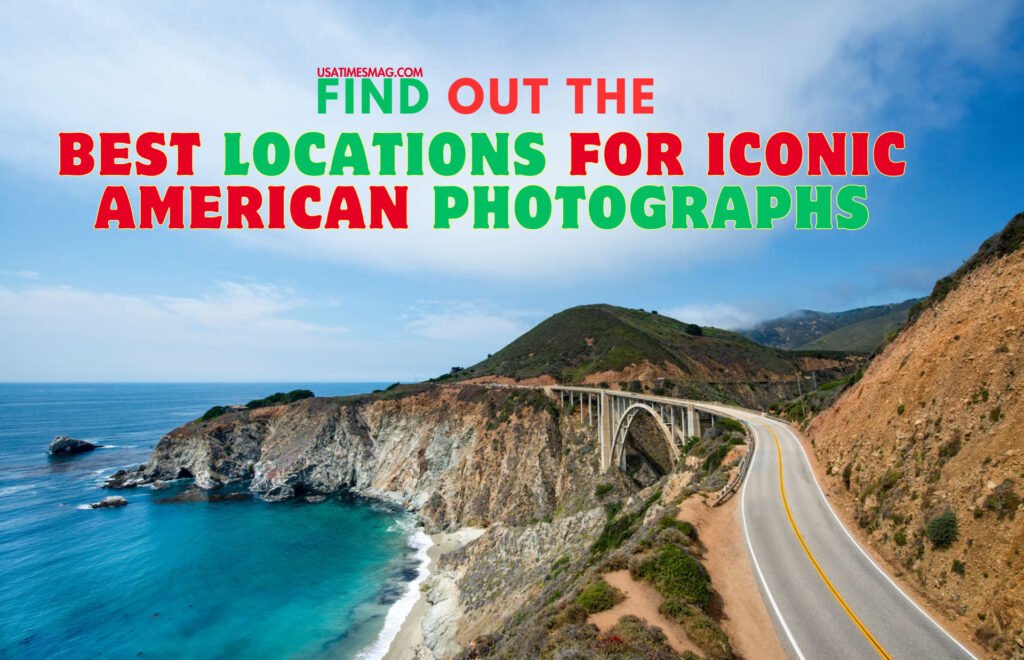The United States, a canvas of natural wonders, urban marvels, and profound moments, has always been a fertile ground for photographers. From the bustling streets of New York City to the serene vistas of the Grand Canyon, iconic photographs have captured the essence of America’s spirit and landscape. This blog post embarks on a photographic journey, exploring where some of the most memorable American photos were taken, reflecting on Where Taken USA stories and the moments they immortalized.
Table of Contents
ToggleTimes Square, New York City – “V-J Day in Times Square”

Perhaps no other photograph captures the euphoria of post-war America as powerfully as Alfred Eisenstaedt’s “V-J Day in Times Square”. Taken on August 14, 1945, this image of a sailor kissing a nurse celebrates the end of World War II. It is not just a snapshot of a public celebration but a symbol of relief and unbridled joy at peace’s return. Today, Times Square remains a hub of excitement, where one can feel the pulse of the city amidst the luminous billboards.
National Mall, Washington, D.C. – “The March on Washington for Jobs and Freedom”
On August 28, 1963, the National Mall served as the stage for a pivotal moment in the Civil Rights Movement. Here, photographers captured Martin Luther King Jr. delivering his historic “I Have a Dream” speech. This place of protest and passion continues to attract millions, reminding visitors of America’s ongoing journey toward equality and justice.
The Golden Gate Bridge, San Francisco – “Fog Over Golden Gate”

The Golden Gate Bridge, an engineering marvel, has been photographed countless times, often shrouded in San Francisco’s iconic fog. Images of this bridge often feature the towers peeking through a dense fog, symbolizing the mystery and allure of the city. This bridge represents not only an architectural achievement but also a gateway to the cultural melting pot that is San Francisco.
Antelope Canyon, Arizona – “Light Shafts in Antelope Canyon”
Located on Navajo land, Antelope Canyon offers an otherworldly scene for photographers. The way sunlight pierces through the narrow openings, illuminating the smooth, orange-red sandstone walls, creates a surreal and spiritual ambiance. This site is not only a photographer’s paradise but also a geological wonder, showcasing the unique landscapes of the American Southwest.
The Tetons and the Snake River, Grand Teton National Park, Wyoming – “The Tetons – Snake River” by Ansel Adams

Ansel Adams’ 1942 black-and-white photograph of this location epitomizes the grandeur of American wilderness. The Tetons, with the Snake River winding in the foreground, are a testament to the untouched beauty of nature. Adams’ work at this site has inspired countless photographers to explore and preserve America’s natural spaces.
Selma to Montgomery, Alabama – “Bloody Sunday”
The Edmund Pettus Bridge in Selma became a symbol of the Civil Rights Movement when it was the site of “Bloody Sunday” on March 7, 1965. Photographs of peaceful protesters being met with violence on this bridge shocked the world and were instrumental in galvanizing support for civil rights legislation. Today, the bridge stands as a reminder of the struggles and victories of the movement.
Lower Ninth Ward, New Orleans – “Hurricane Katrina’s Aftermath”
Photographs taken of the devastation in New Orleans’ Lower Ninth Ward post-Hurricane Katrina in 2005 highlight the vulnerability of some American communities in the face of natural disasters. These images spurred a national conversation on disaster preparedness and response, emphasizing the resilience of the affected communities.
One World Trade Center, New York City – “Rebirth”
Rising from where the Twin Towers once stood, One World Trade Center symbolizes resilience and renewal. Photographs of this skyscraper, especially those juxtaposing its construction with the empty sky where the Twin Towers once stood, are potent reminders of loss, recovery, and hope.
Conclusion
Each photograph taken in these iconic locations captures a fragment of the American experience, weaving together a tapestry of emotions and stories that define the nation. From landmarks of nature to sites of historical significance, the United States offers endless vistas for both professional photographers and tourists to explore. These images do more than just document moments; they evoke feelings and provoke thought, continuing to influence perceptions and understanding of America.
FAQs about Where Taken USA
What is the most photographed place in the USA?
One of the most photographed places in the United States is Times Square in New York City, known for its vibrant energy, towering billboards, and as a symbol of the city’s fast-paced lifestyle.
Where was the famous photograph of the Hollywood sign taken?
The iconic Hollywood sign, located in Los Angeles, California, is often photographed from Griffith Park, which offers a scenic view that captures the essence of the entertainment capital.
Where was Ansel Adams’ famous photograph ‘Moonrise, Hernandez, New Mexico’ taken?
This photograph was taken from a roadside in Hernandez, New Mexico, capturing the moon rising over a modest village with snow-capped mountains in the background, showcasing Adams’ mastery in using natural light.
What are the best places to take photographs in the USA?
Aside from New York City and Los Angeles, other popular locations include the Grand Canyon, Arizona; Yellowstone National Park, Wyoming; and the National Mall in Washington, D.C., each offering unique photographic opportunities from natural landscapes to historic monuments.
Where was the ‘Migrant Mother’ photograph by Dorothea Lange taken?
This poignant image was taken in Nipomo, California, depicting Florence Owens Thompson and her children during the Great Depression, symbolizing the severe economic and social distress of that era.
What locations in the USA are considered iconic for both tourists and photographers alike?
Iconic locations include the Golden Gate Bridge in San Francisco, the French Quarter in New Orleans, and the Las Vegas Strip in Nevada. Each location offers unique cultural, architectural, and scenic photography opportunities that attract both tourists and photographers.

